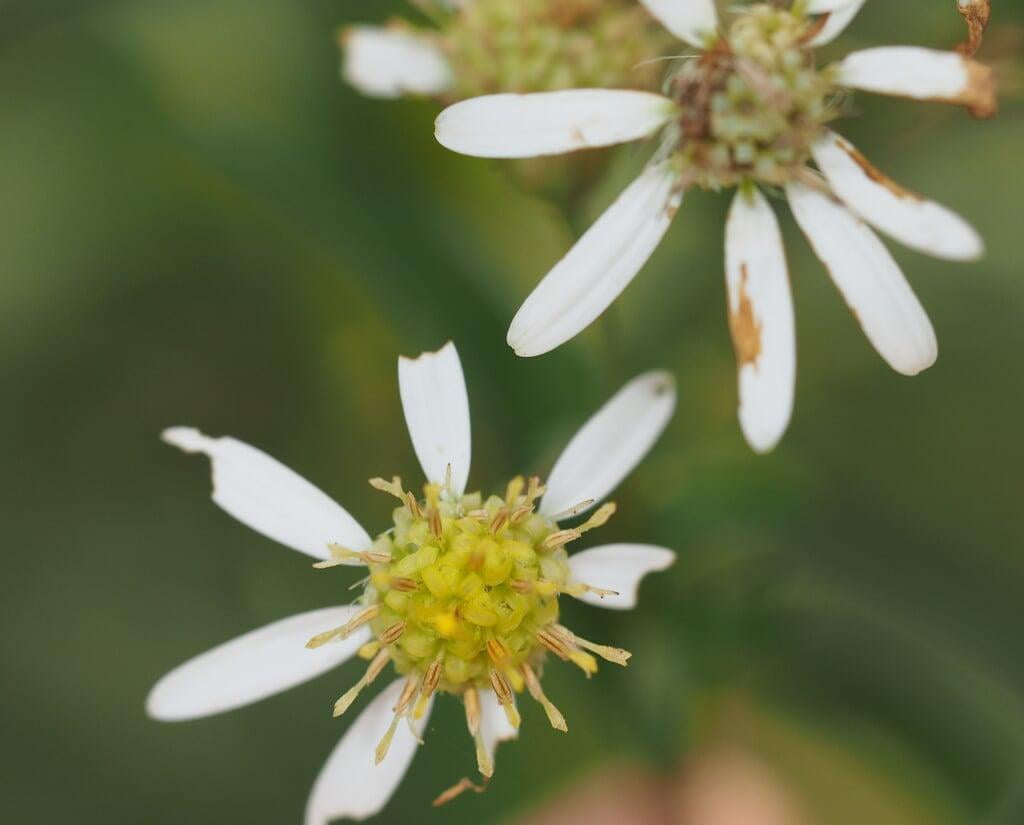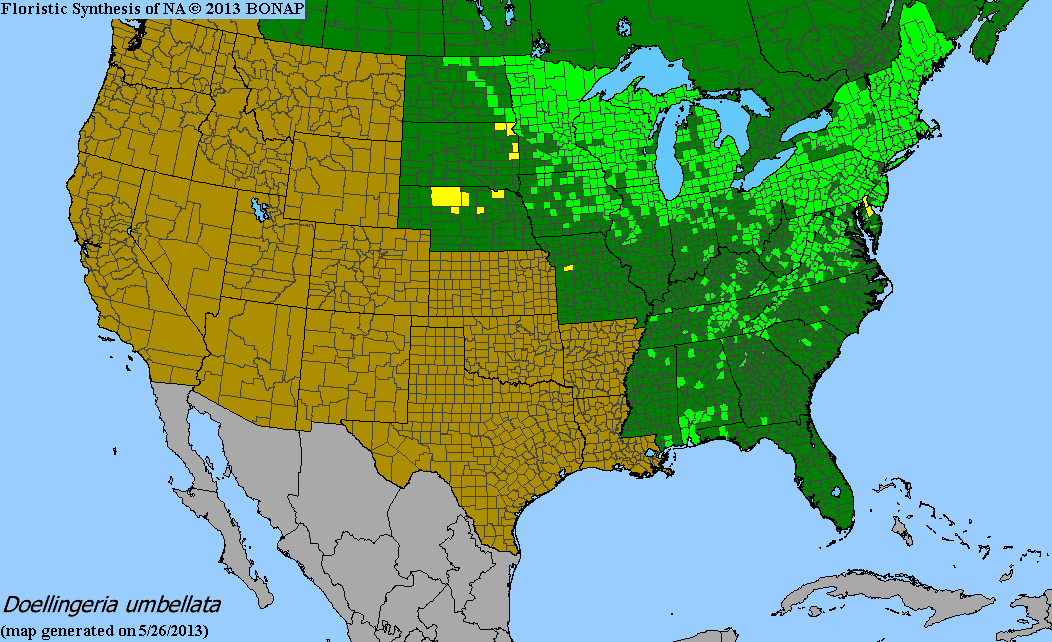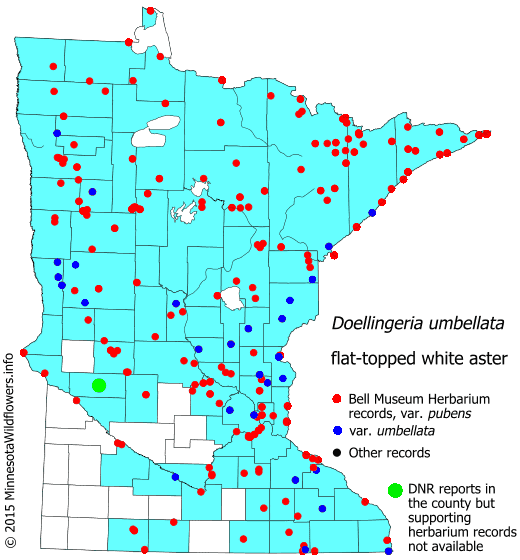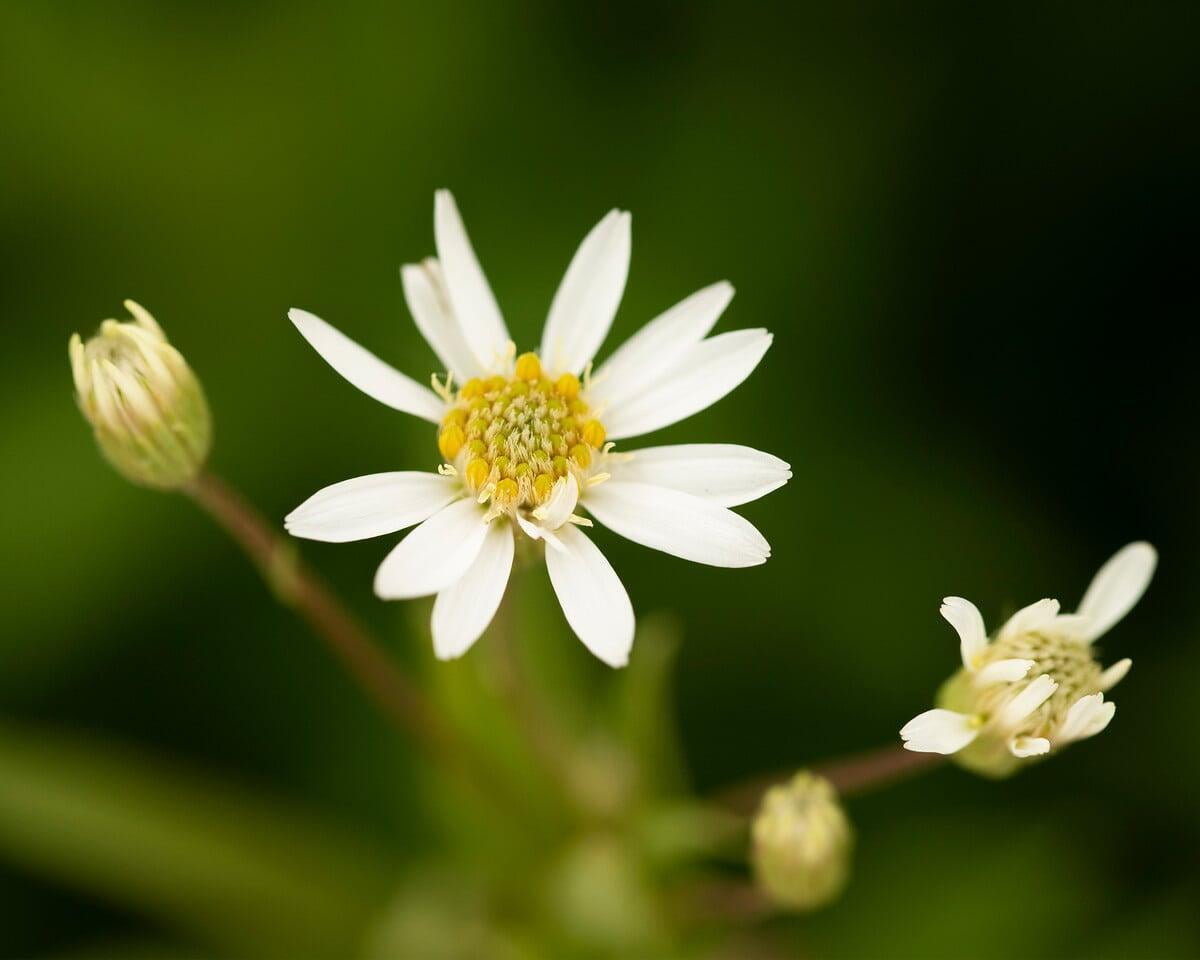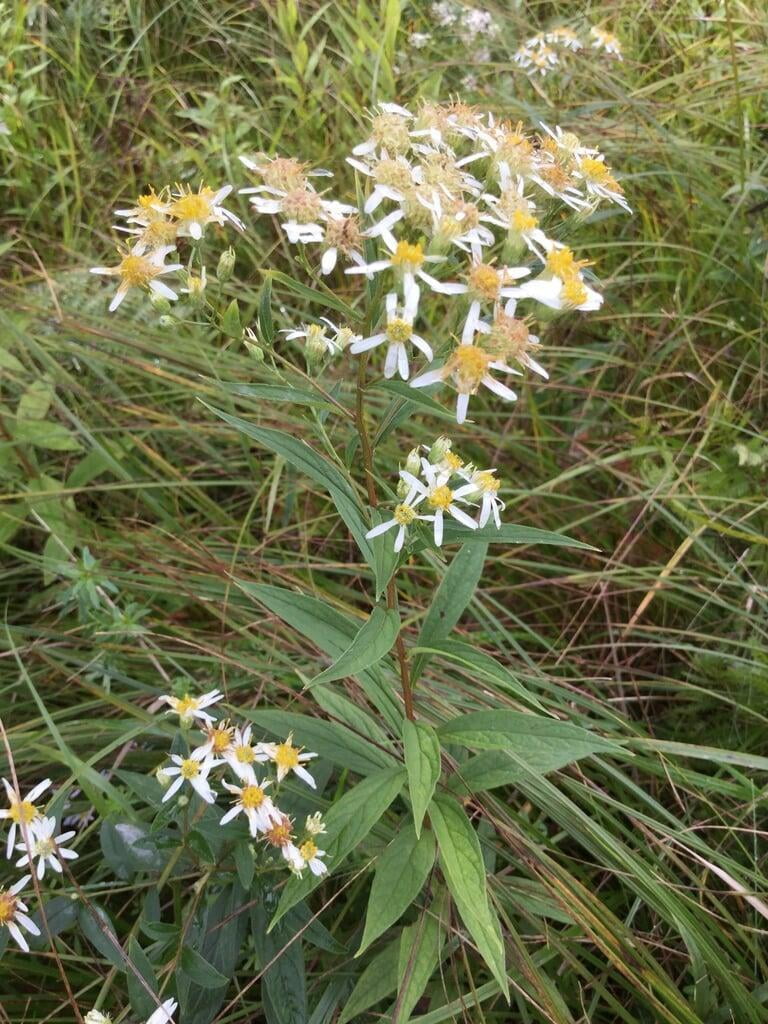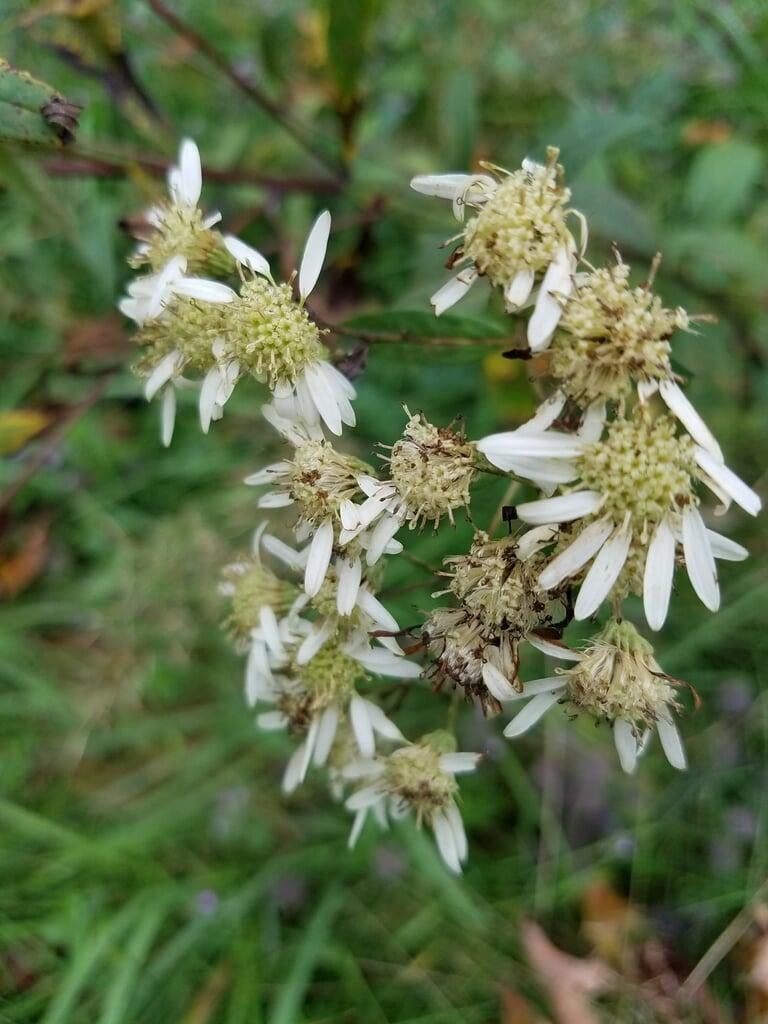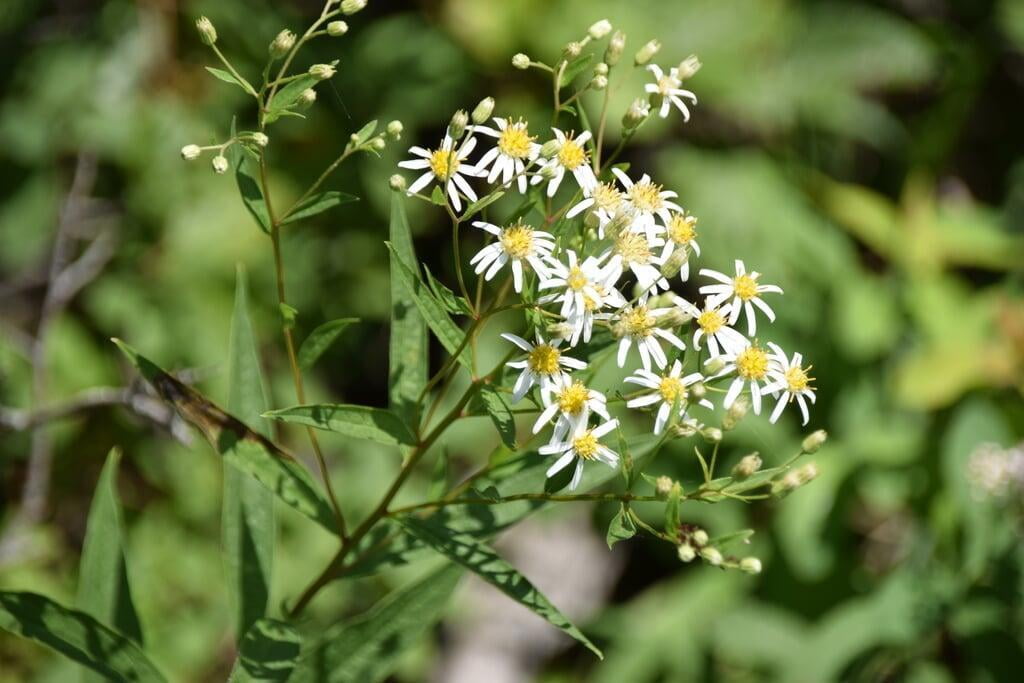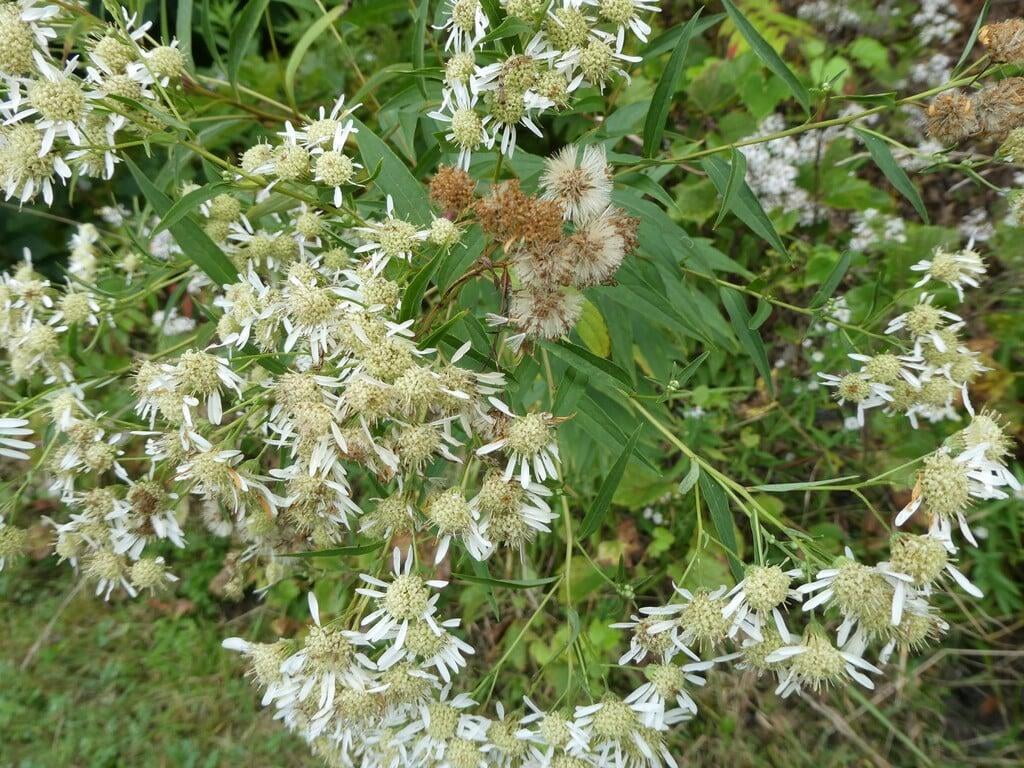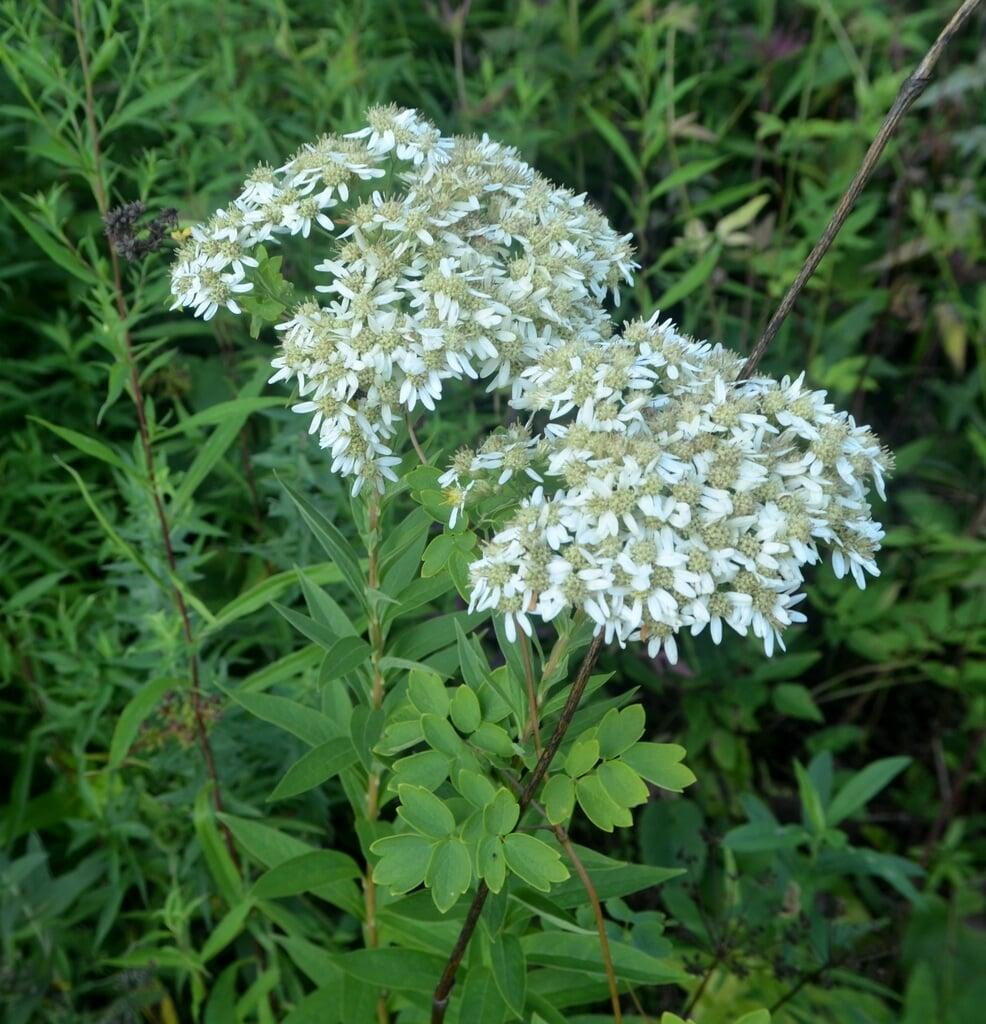Doellingeria umbellata
Flat-topped aster Description:
Doellingeria umbellata, commonly known as Flat-topped White Aster, is a flowering plant species native to North America. It belongs to the aster family and is commonly found in woodland habitats.
Flat-topped White Aster is a clump-forming, herbaceous perennial plant that can grow up to 7 feet tall. The plant has alternate leaves that are lance-shaped, toothed, and up to 6 inches long. The flowers of Doellingeria umbellata are white to pink in color, with yellow centers, and arranged in flat-topped clusters at the top of the stems. The flowers bloom from late summer to early fall and are pollinator-friendly, attracting bees and butterflies to the garden.
Doellingeria umbellata is a hardy plant that is deer-resistant and can tolerate a range of growing conditions, making it a good choice for naturalizing and wildflower gardens.
Native Range:
Flat-topped aster is found growing in most of Minnesota as well as most of the upper Midwestern states and as along the East coast of the United States.
Standard Plant Information:
Plant Height: 2' - 7'
Bloom Time: July - October
Preferred Habitat: Does well in part shade to full sun. Found in moist fields, woodland edges, bogs, and swamps.
Sowing:
For most homeowners, the best option is to scatter seed on the ground by hand broadcasting at a minimum of 16-64 pls ounces per acre. For even coverage, we recommend that you broadcast seed in perpendicular rows across the site to ensure even coverage.
You’ll want to broadcast any grass seed first, which will get raked into the soil lightly. Next, it is ideal to mulch the area lightly with either a clean (no seed) straw or preferably with our native Little Bluestem straw, sold at our retail garden centers. After a light mulching is complete, now it’s time to broadcast your native wildflower seeds, which should not be raked into the soil. A good rain or watering is sufficient to cover the seed.
Planting:
Simply dig a hole in the soil slightly larger than the plant’s roots. Ensure that the soil line of the plant is maintained during the transfer (i.e. the plant should be at the same level with the ground as it was in the pot). Pack any loose dirt back around the plant and make sure you water it well the same day to ensure it has the best chance of survival.

